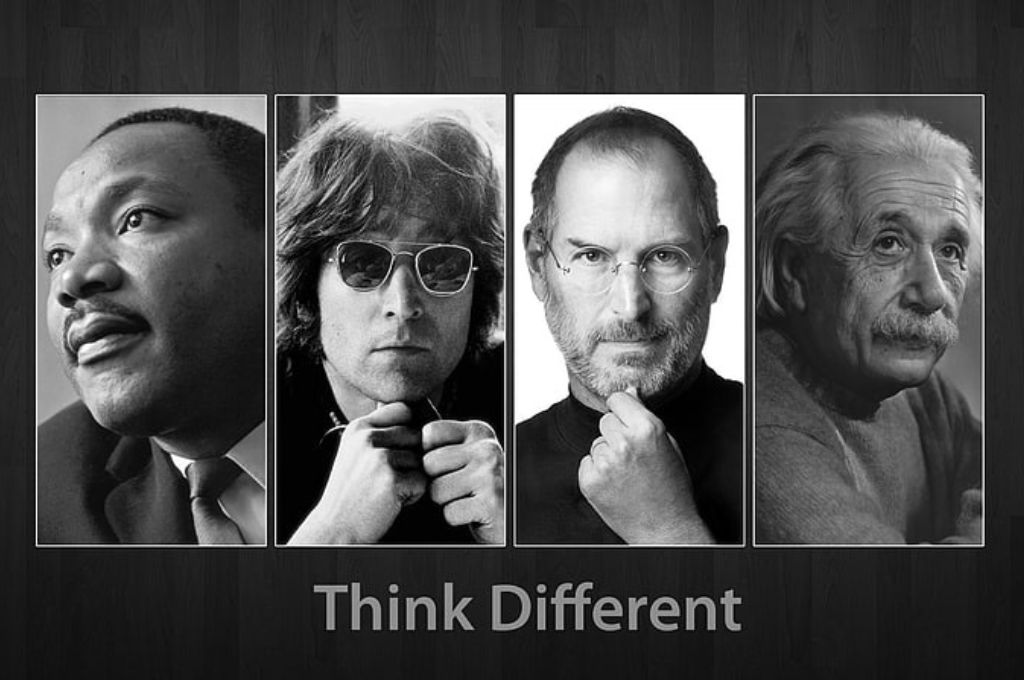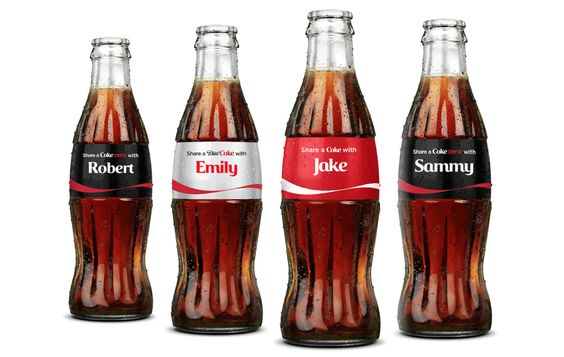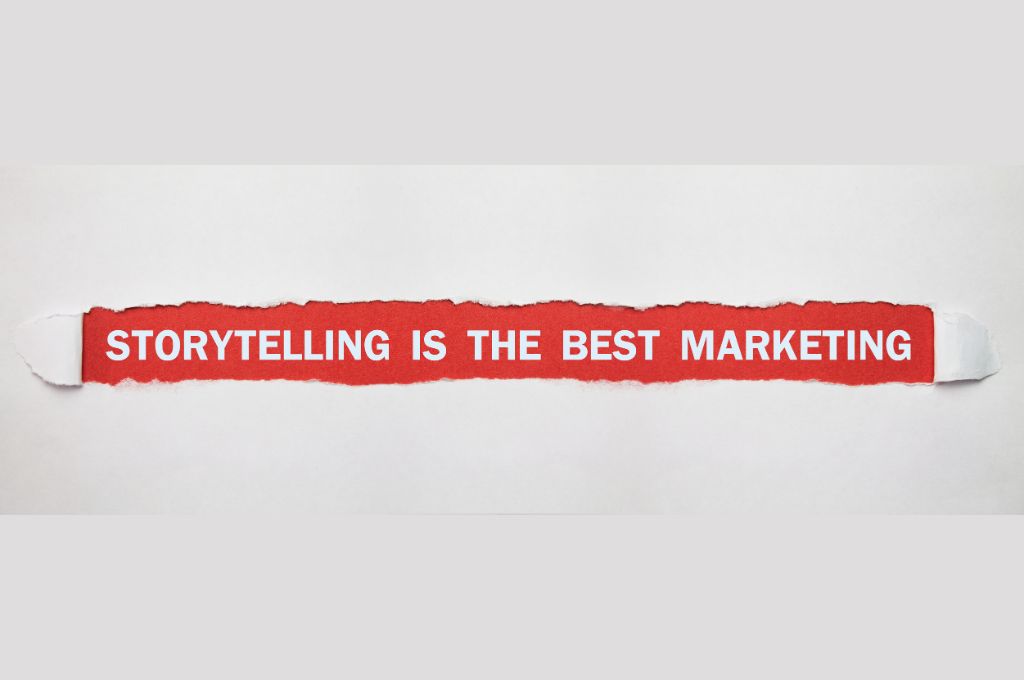The Story of Storytelling in Marketing
In 2009, journalist Rob Walker embarked on an experiment to investigate the power of storytelling. He purchased 200 random objects from eBay, all costing roughly a dollar, and invited 200 authors to each write a story about one of the objects. These objects, now armed with narratives, were then resold on eBay. The result? A drastic increase in value proves that stories hold power.
One of these items, a simple horse’s head bought for 99 cents, was sold for $62.95 after being given a story — an increase of 6395% in value.
Overall, the 200 objects initially bought for a total of $129 ended up selling for a staggering $8000.
These astounding numbers exemplify the potential of storytelling. They paint a vivid picture of how narrative, regardless of the material value of the object it accompanies, can significantly enhance perceived value.
The Science Behind the Story
The phenomenon of storytelling impacting our perceptions and behaviors isn’t a mere fluke but a consequence of emotional investment. As humans, when we are emotionally invested, our critical thinking often takes a back seat, making us less objectively observant. This factor plays a crucial role in marketing.
We witness this in our willingness to pay hefty amounts for products seen in movies, such as the Omega watch worn by James Bond, hoping to embody a fraction of the charm or lifestyle depicted on screen.
Our emotional investment in narratives can lead us to irrational purchases, contributing to the $10.5 billion turned over in product placement revenue annually.
In essence, the art of storytelling, when executed effectively, can have a significant impact on our emotional state and decision-making process.
The Power of Hormones in Storytelling
In the realm of storytelling, certain hormones and neurotransmitters, including vasopressin, oxytocin, serotonin, dopamine, and endorphins, come into play, evoking a range of emotions and responses.
Dopamine, known as the ‘feel-good’ hormone, increases our focus, motivation, and memory recall. Effective storytelling can raise dopamine levels, thereby creating suspense and expectations, which are fundamental aspects of a compelling narrative.
Oxytocin, the ‘bonding hormone’, enhances feelings of trust and generosity. It fosters a sense of empathy, making the audience feel more connected to the story, further solidifying the bond between them and the narrative.
Endorphins, often released when we laugh, help us relax and become more creative and focused. Humor in storytelling can trigger the release of endorphins, ensuring a positive and memorable experience for the audience.
By understanding and leveraging these biological responses, marketers can create more impactful and emotionally resonant stories, making their brands or products more appealing and memorable to their target audience.
The Impact of Storytelling on Marketing
Storytelling can function as a potent tool for marketers, enabling them to foster an emotional connection with their audience. This connection makes the audience more receptive to the message and more likely to act upon it.
To harness the power of storytelling in marketing:
- Recognize that everyone is a storyteller. Believing in your capability to tell a compelling story is the first step.
- Write down your stories. You’ll never know when they could become useful in your marketing efforts. 3. Infuse authenticity into your narrative. In a world filled with sales pitches, being genuine can make you stand out.
- Understand your audience. Tailor your stories to resonate with their interests, needs, and challenges.
- Incorporate compelling visuals. They can strengthen the impact of your story and make it more memorable.
- Practice consistency across all channels. Maintain a consistent narrative and tone across different platforms to build a strong brand identity.
- Evoke emotion. Emotional stories have a greater impact and are more likely to be shared and remembered.
These strategies can help brands craft engaging narratives that resonate with their audience, enhancing their brand perception and increasing the perceived value of their products or services.
Case Studies of Successful Storytelling in Marketing
Several brands have leveraged the power of storytelling to create lasting impressions and foster deep emotional connections with their audience.
- Apple’s ‘Think Different’ Campaign: Instead of focusing on product features, Apple’s ‘Think Different’ campaign centered on the revolutionary thinking that the brand represents, featuring iconic figures like Albert Einstein and Martin Luther King Jr. This narrative, celebrating the rebels and the change-makers, solidified Apple’s reputation as an innovative and forward-thinking brand.

- Dove’s ‘Real Beauty’ Campaign: Dove’s ‘Real Beauty’ campaign is a stellar example of storytelling that champions a cause. By celebrating women of all sizes, shapes, and colors, Dove successfully differentiated itself from other beauty brands and connected with its audience on an emotional level.

- Nike’s ‘Just Do It’ Campaign: Nike’s ‘Just Do It’ campaign tells a story of perseverance and triumph over adversity. It has become one of the most recognized slogans worldwide and continues to inspire athletes and non-athletes alike.

- Coca-Cola’s ‘Share a Coke’ Campaign: By personalizing its product with consumers’ names, Coca-Cola created a narrative around sharing moments of happiness with loved ones. This campaign, which encouraged customers to share their ‘Share a Coke’ moments on social media, sparked conversation and engagement on a global scale.

In an increasingly competitive marketplace, brands need to connect with their audience on a deeper, more emotional level to stand out. Storytelling, with its power to evoke emotion, build trust, and create a memorable brand image, can be an invaluable tool in achieving this objective. By crafting compelling narratives, brands can foster lasting relationships with their audience, shape brand perception, and enhance product value.
















